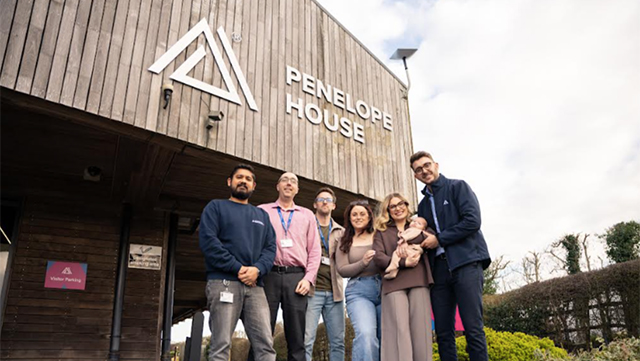Council deciding not to remove tree – Tree roots encroaching onto nearby property causing damage – Company acquiring freehold of property after damage inflicted – Company carrying out repairs by underpinning property – Whether company entitled to sue council in private nuisance for encroachment of roots – Judge dismissing claim – Claimant’s appeal allowed – Council’s appeal to House of Lords dismissed
In the early 1900s the Church Commissioners erected 19 blocks of flats, collectively known as Delaware Mansions, Maida Vale, London W9. At all material times thereafter, the 167 flats in the mansion blocks were demised on long leases granted by the commissioners to individual tenants. Delaware Mansions Ltd (Delaware), the first claimant, which was owned by the tenants, was established to manage and service the flats. During 1989, a year of drought, reports were received from residents that cracks were appearing in the structure of the flats. In 1989 structural engineers reported that blocks 9-12 had sustained structural damage caused by the encroachment of the roots of a nearby 80-year-old plane tree, for which the defendant council were responsible as the highway authority. The engineers advised that either the tree should be felled, which would have ended the nuisance at very little cost, or that the blocks should be underpinned.
Meanwhile, in March 1990, the Commissioners sold the freehold of the mansion, for the nominal price of £1, to the second claimant, Flecksun Ltd, a wholly owned subsidiary of Delaware. There was no express assignment of any right of action against the council, and the nominal consideration had not been influenced by the effect of the plane tree on the property. In December 1990 a further survey of the flats was conducted, which concluded that remedial steps were urgently required, and that underpinning was necessary. The council declined to fell the tree, on the basis of their wish to preserve mature plane trees in central London. As a result, the underpinning works were completed in July 1992 at a total costs to the claimants of £570,735. The claimants issued proceedings against the council in nuisance and negligence.
The judge found that: (i) all, or almost all, of the structural damage that formed the basis of the claimants’ claim had been caused by the roots of the tree; (ii) the damage had occurred not later than March 1990 as a result of the 1989 drought; and (iii) any further cracking that had taken place was the further consequence of that structural damage. The judge held that neither of the claimants had sufficient interest in the property at the material time to maintain a cause of action. It was found that Flecksun had insufficient interest because the damage had occurred before it became the freeholder, and that Delaware had no cause of action because its interest was essentially contractual and not proprietary. Flecksun appealed.
The Court of Appeal, allowing the appeal, held that in the event of a continuing nuisance, there was a continuing cause of action, and an owner was entitled to the reasonable cost of eliminating the nuisance if it was reasonable to eliminate it. The council’s acceptance of the need for the remedial work established that a nuisance had been present during Flecksun’s ownership. There was no need to prove that further physical damage had resulted from the nuisance during the period of Flecksun’s ownership, and the fact that the nuisance existed before Flecksun became the freeholder was irrelevant. The council appealed to the House of Lords.
Held: The appeal was dismissed.
There had been a continuing nuisance during Flecksun’s ownership until at least the completion of the underpinning and the piling. It did not matter that further cracking of the superstructure might not have occurred after March 1990. The encroachment of the roots was causing continuing damage to the land by dehydrating the soil and inhibiting rehydration. The impairment of the load-bearing qualities of residential land was itself a nuisance: cracking in the building had been consequential.
Having regard to the proximity of the plane tree to the flats, a real risk of damage to the land and the foundations was foreseeable on the part of the council. If the plane tree had been removed, the need to underpin would have been avoided. However, once the council had declined to remove the tree, the underpinning and piling costs were reasonably incurred. The law could be summed up in the proposition that where a continuing nuisance exists, which a defendant knows or ought to know about, reasonable remedial expenditure might be recovered by the owner who has had to incur it. A defendant is entitled to notice and a reasonable opportunity of abatement before liability for remedial expenditure can arise. In the instant case, the council had had ample notice and time before the underpinning and piling in July 1992, and were accordingly liable: Lemmon v Webb (1894) 3 Ch 1, Davey v Harrow Corporation [1958] 1 QB 60 and Hunter v Canary Wharf Ltd [1997] AC 655 considered.
Michael Pooles QC and Simon Wilton (instructed by Beachcroft Wansbroughs) appeared for the claimants; Richard Mawrey QC and Adrian Cooper (instructed by Vizards) appeared for the defendants.
Thomas Elliott, barrister








